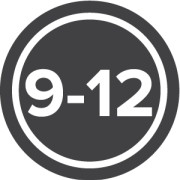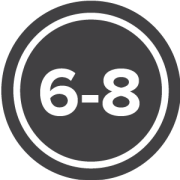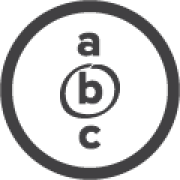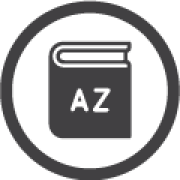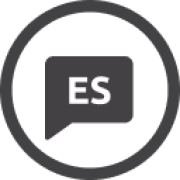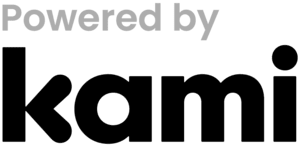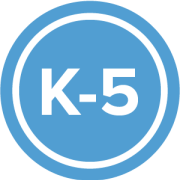
Citizenship & Participation
Students will learn what it means to be a U.S. citizen and how citizenship is obtained. They will compare and contrast personal and political rights with social responsibilities and personal duties. Students will explore global citizenship, and the rights and responsibilities of citizens in other countries. They will also learn about community engagement by selecting a problem of their own and creating a plan to solve it.
Topics at a Glance: citizenship | civil liberties | civil rights | immigration | naturalization | citizen participation | civic engagement | global citizenship | duties of a U.S. citizen | rights and responsibilities of citizens | involuntary and voluntary participation in civic life | U.S. census | D.C. voting rights
Choose Grade Level:
-
WebQuest
Immigration & Citizenship
-
Game
Immigration Nation
-
Lesson Plan
A Trip Around the World
-
Lesson Plan
Students Engage!
-
Lesson Plan
The Global You
-
Lesson Plan
Citizen Me
-
Lesson Plan
Citizenship: Just the Facts
-
Game
Neighborhood Good
-
Lesson Plan
The Fourth Branch: You!

